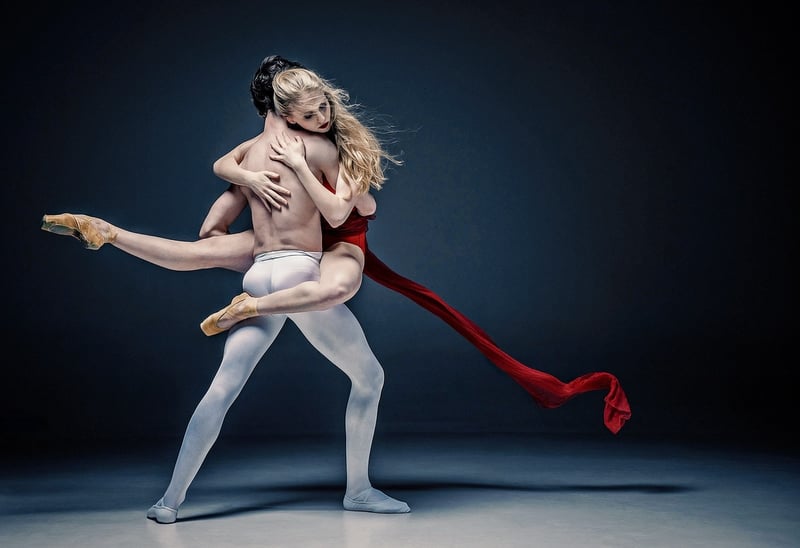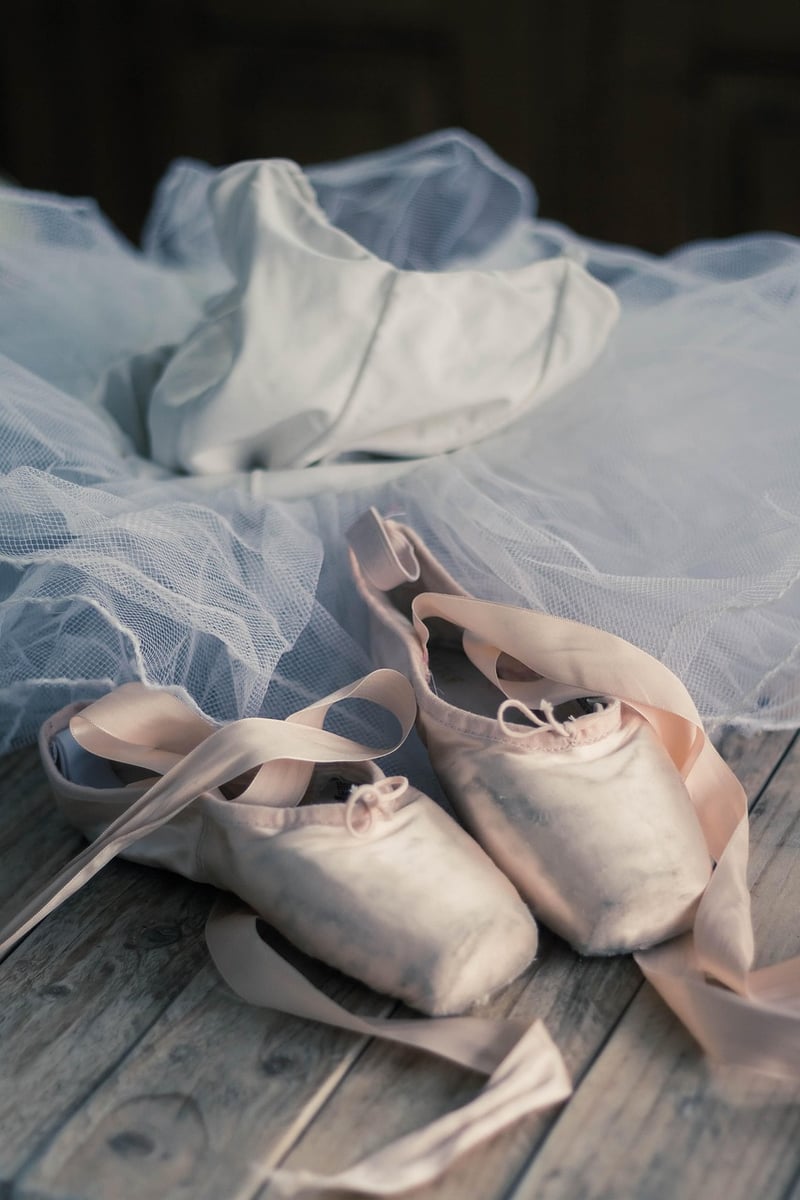Ballet Techniques
Exploring Expressive Movement Forms and Ballet Techniques
When it comes to dance, the combination of expressive movement forms and ballet techniques opens up a world of beauty, grace, and emotion. From the fluidity of contemporary dance to the precision of classical ballet, these two elements come together to create stunning performances that captivate audiences worldwide.
The Art of Ballet
Ballet, with its roots tracing back to the Italian Renaissance courts of the 15th century, has evolved into a highly technical form of dance characterized by precise movements, intricate footwork, and ethereal grace. Dancers train rigorously to achieve the strength, flexibility, and poise required to perform ballet's challenging choreography.

From delicate pas de deux to powerful grand jetés, ballet techniques encompass a wide range of movements that require both physical prowess and artistic expression. The discipline and dedication of ballet dancers are evident in their ability to convey stories, emotions, and themes through their movements on stage.
Expressive Movement Forms
While ballet focuses on precision and technique, expressive movement forms such as contemporary dance emphasize freedom of expression, creativity, and individuality. Contemporary dancers often incorporate elements of ballet, jazz, and modern dance to create unique choreography that pushes the boundaries of traditional dance styles.

Expressive movement forms allow dancers to explore a wide range of emotions, themes, and narratives through their movements. Whether conveying joy, sorrow, love, or anger, dancers use their bodies as a canvas to express the depths of human experience in a visually compelling way.
Combining Ballet Techniques with Expressive Movement
When ballet techniques are fused with expressive movement forms, dancers can create performances that are both technically precise and emotionally evocative. This fusion allows dancers to showcase their strength, agility, and artistry while also delving into the depths of human emotion through movement.
By blending the structure of ballet with the freedom of expressive movement, dancers can create choreography that is dynamic, engaging, and impactful. This combination of styles challenges dancers to push their boundaries, explore new possibilities, and connect with audiences on a profound level.
Conclusion
Exploring the intersection of expressive movement forms and ballet techniques offers dancers a rich tapestry of artistic expression, technical prowess, and emotional depth. Whether performing classical ballet or contemporary dance, dancers who embrace both elements can create performances that resonate with audiences and leave a lasting impression on the world of dance.
